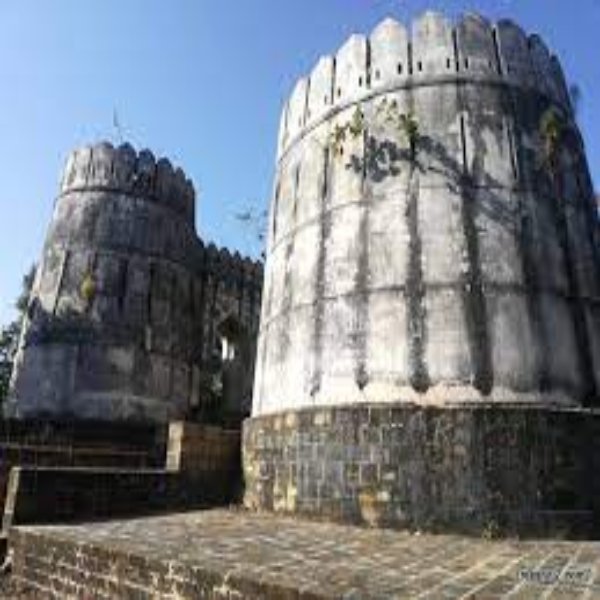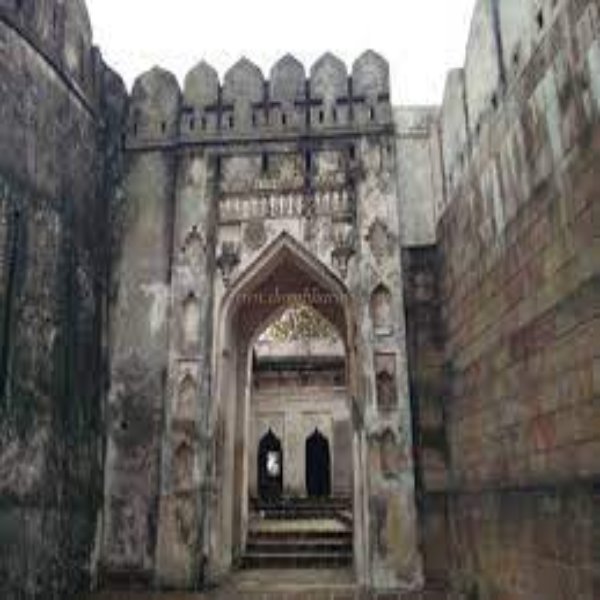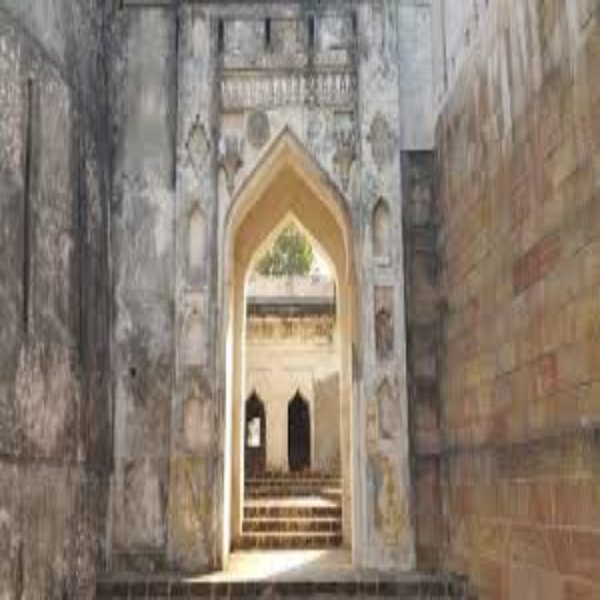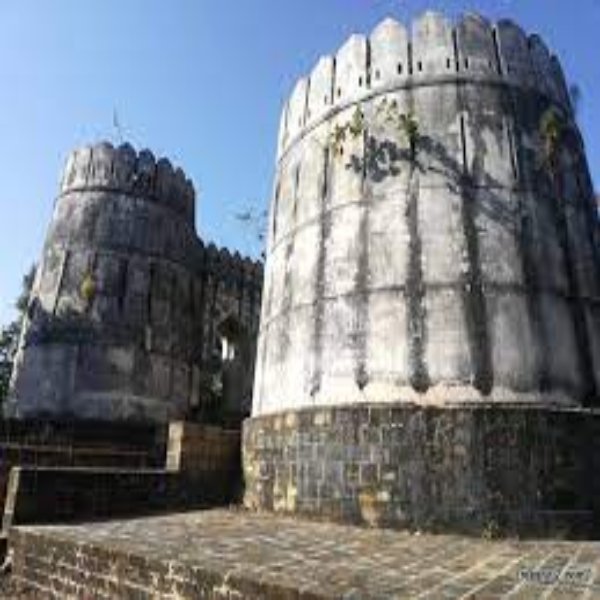
Themes
tribal architecture
Ambagad Fort, maharashtra

Ambagad Fort’s architecture represents the Gond tribe’s ingenuity in fortress design, combining natural and man-made defenses. Constructed in 1700 AD by order of Gond King Bakht Buland Shah, the fort strategically utilized the Satpura mountain range for security. Its Mahadarwaja (main entrance) showcases triangular arches with floral motifs and pimpal leaf carvings. The fort’s towers and cannons exemplify the Gond rulers’ expertise in military architecture, highlighting the fusion of beauty and strength in tribal design.

Ambagad Fort’s elevated location at 1,500 feet provided an excellent vantage point for surveillance and defense. Serving as a key military stronghold during the Gond kingdom’s expansion, it reflects the tribe’s strategic acumen. The fort was later used by the Bhosales as a prison, and its difficult conditions added to its formidable reputation. This strategic position, coupled with natural defenses, showcases the Gond tribe’s adaptability to harsh terrains, creating an impregnable defensive structure.

The fort holds deep spiritual significance for the Gond tribe and nearby communities, including the Koshtis. The annual yatra (pilgrimage) to worship Ambagadia Dev symbolizes the fort’s enduring cultural relevance and spiritual role in tribal life. This tradition strengthens community bonds and preserves Gond cultural heritage. As a site of cultural gatherings, Ambagad Fort embodies the Gond tribe’s ancestral ties and continues to serve as a symbol of unity and reverence for tribal communities.

The fort’s design includes self-sufficient systems like wells, embankment tanks, granaries, and ammunition storage, demonstrating the Gond tribe’s planning skills. The maslat khana (administrative quarters) and royal accommodations within the fort reveal the Gond rulers’ focus on sustainability and autonomy. Residences for officers and guard rooms between gates ensured robust security, emphasizing the fort’s role as a self-contained structure that supported daily life and defense in a challenging environment.

